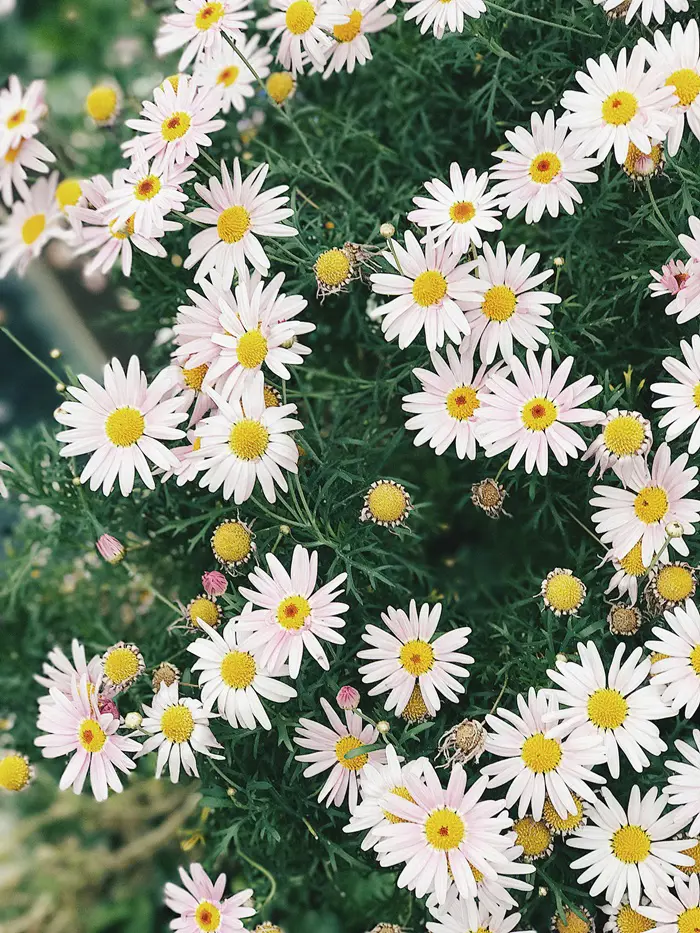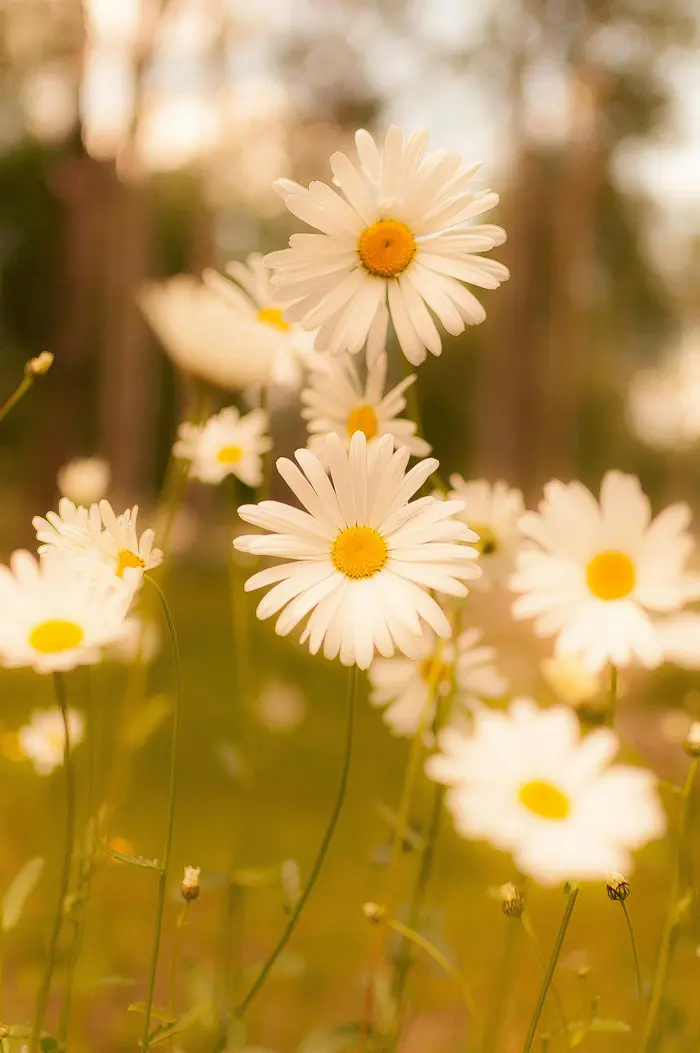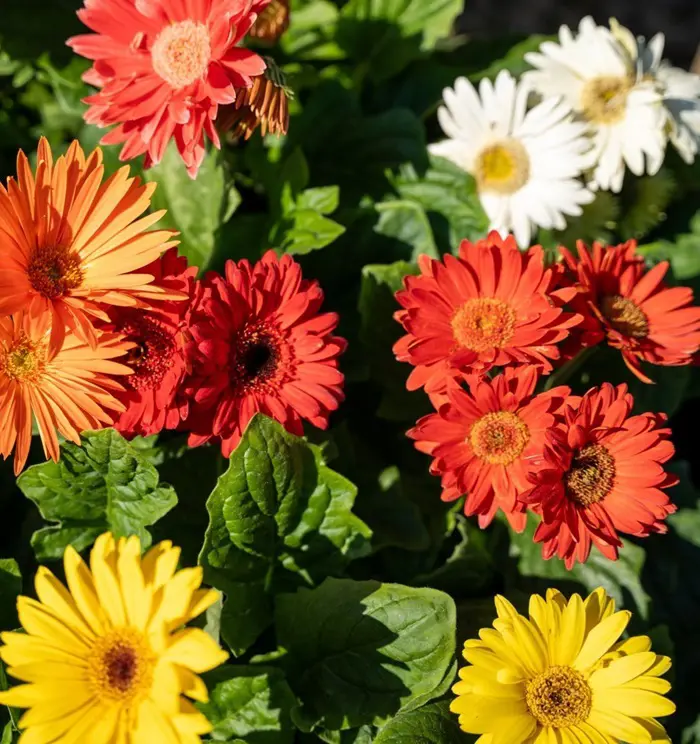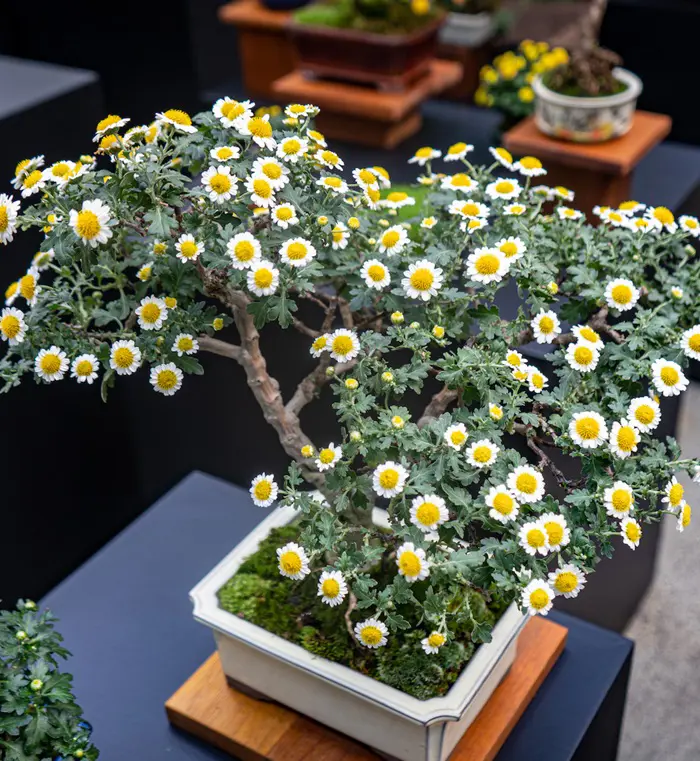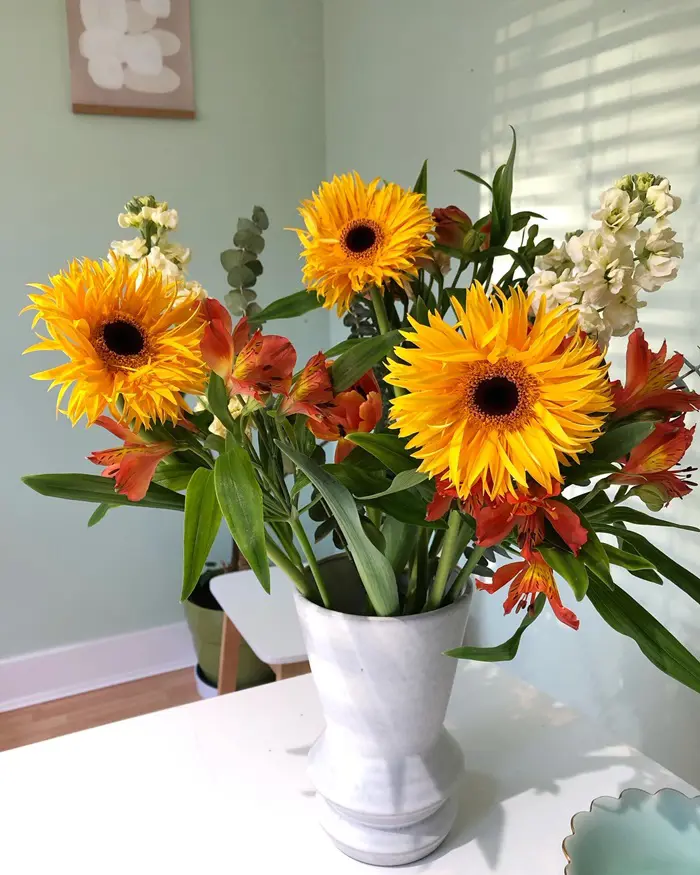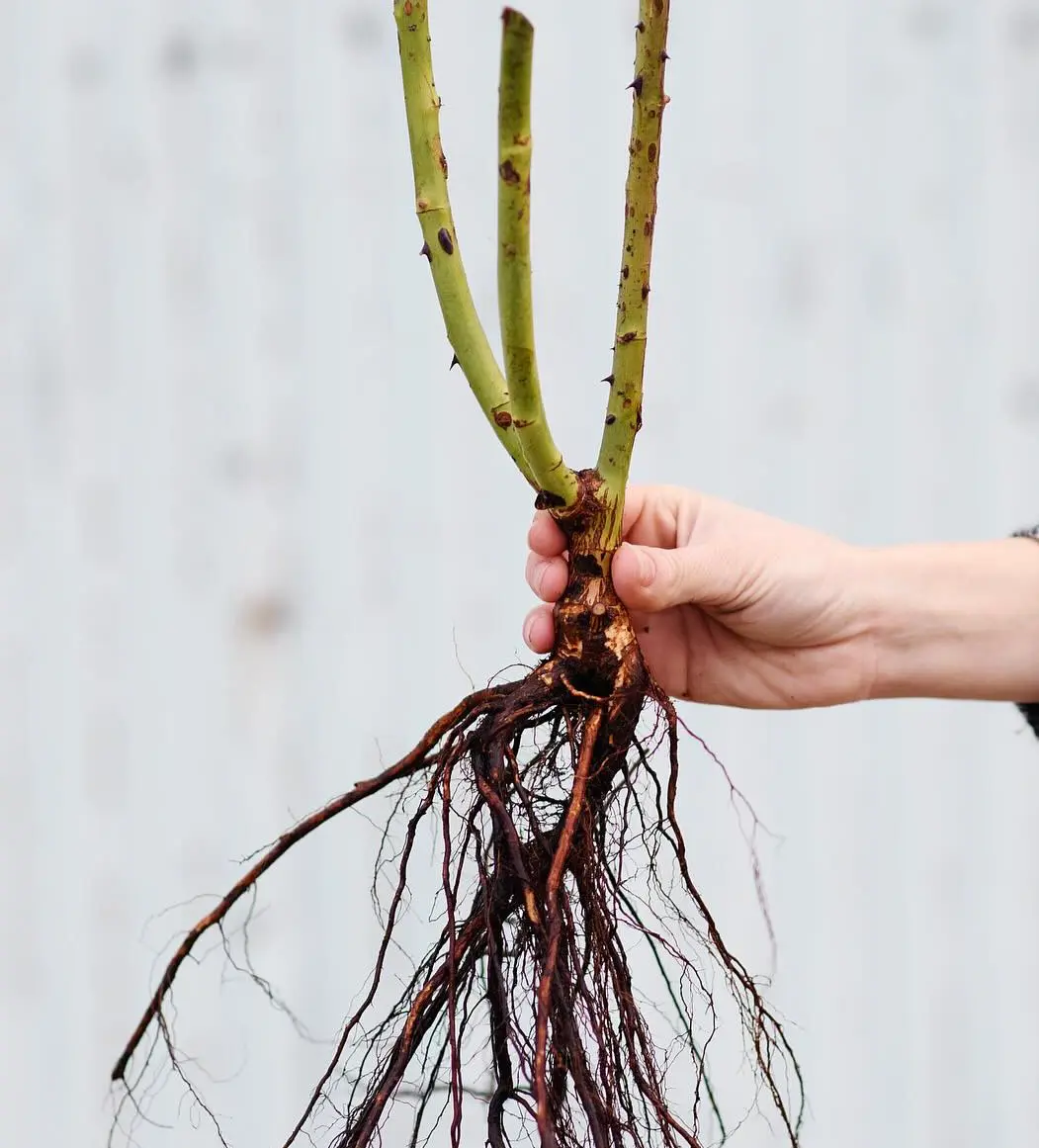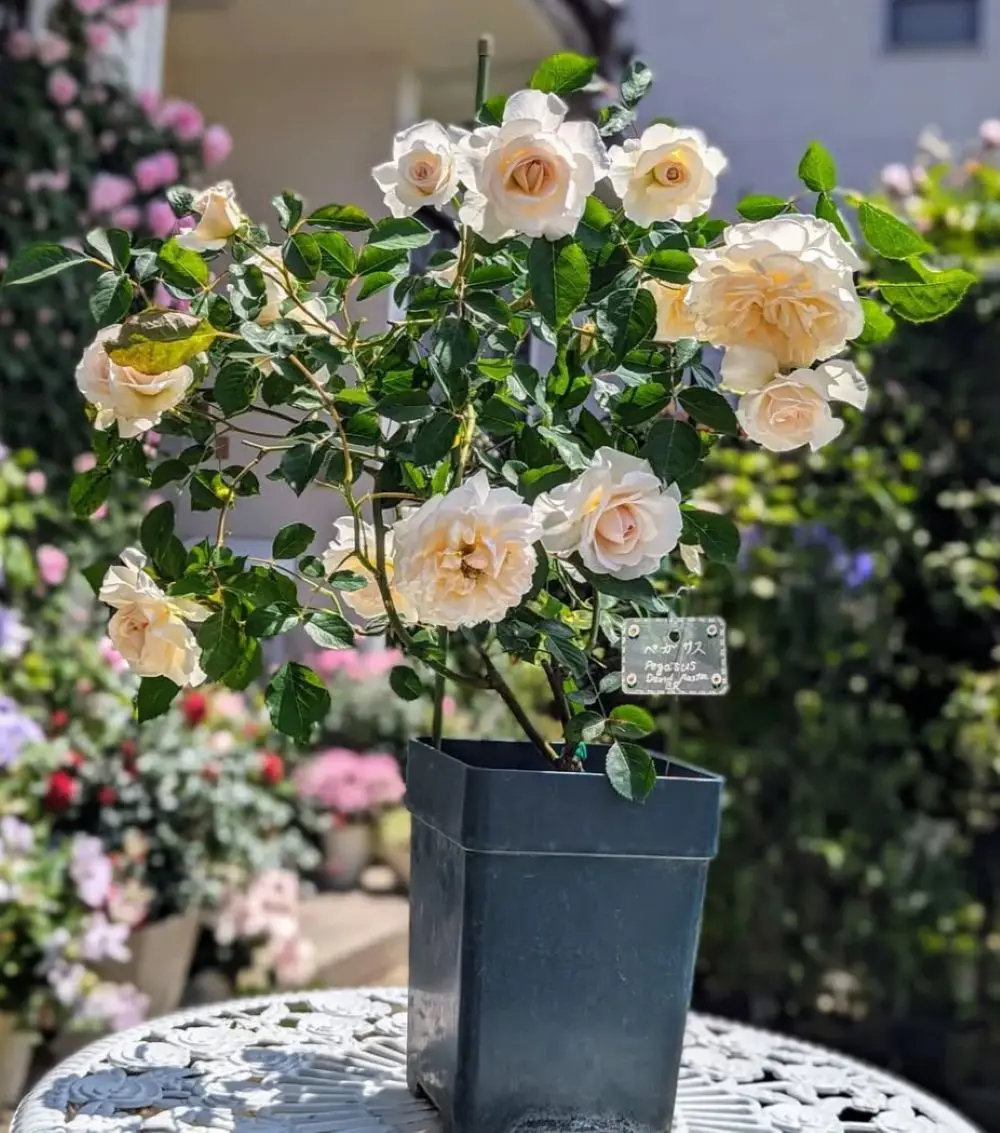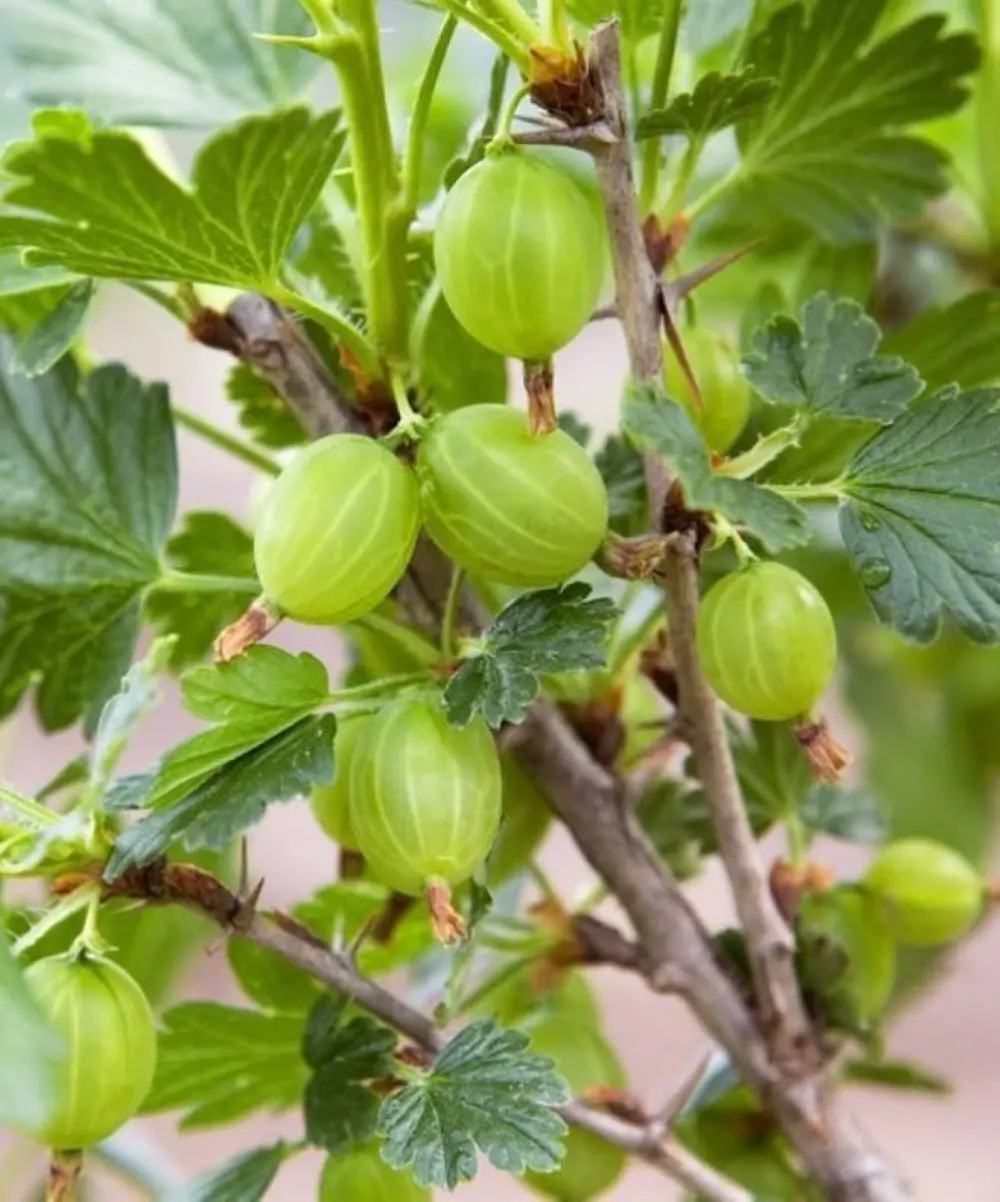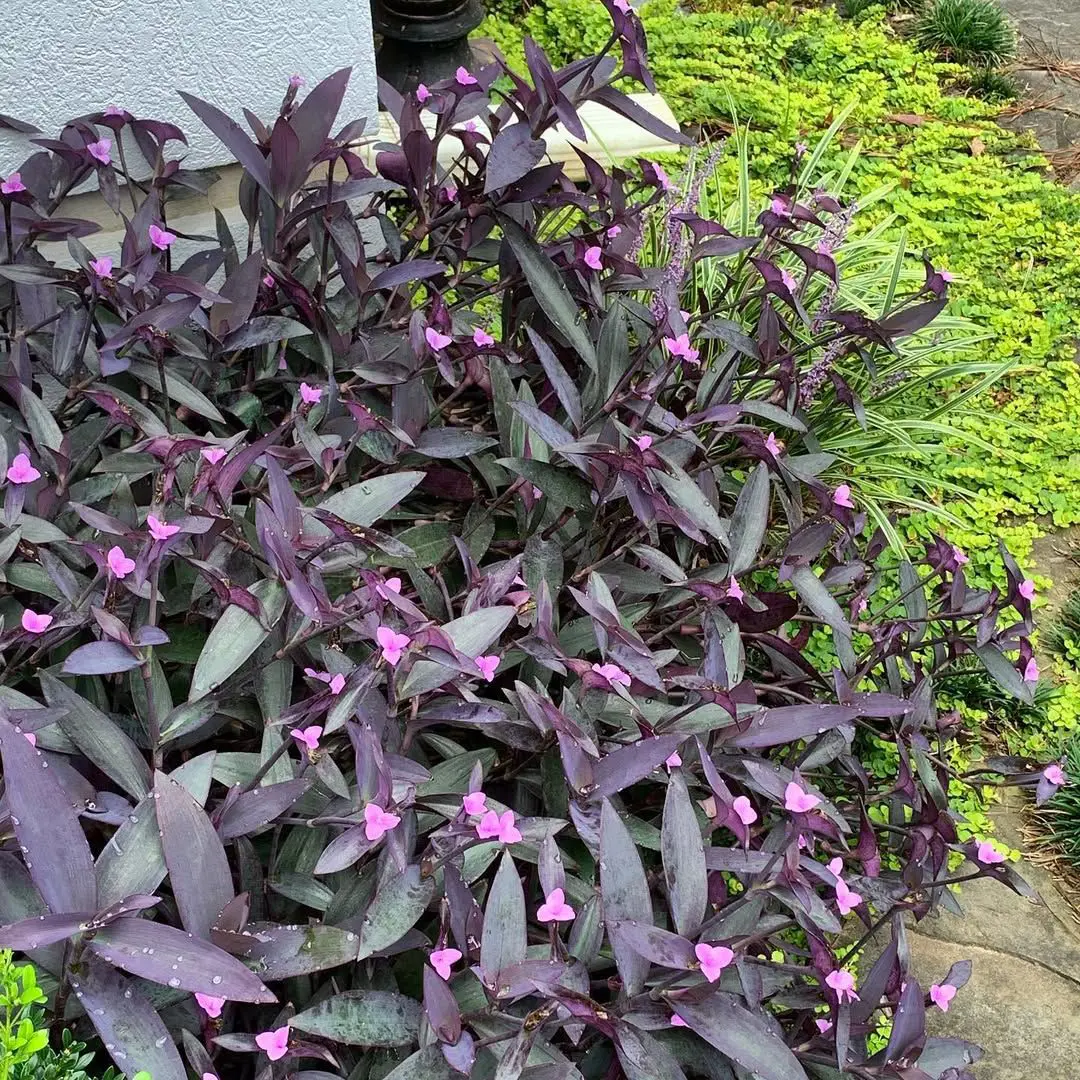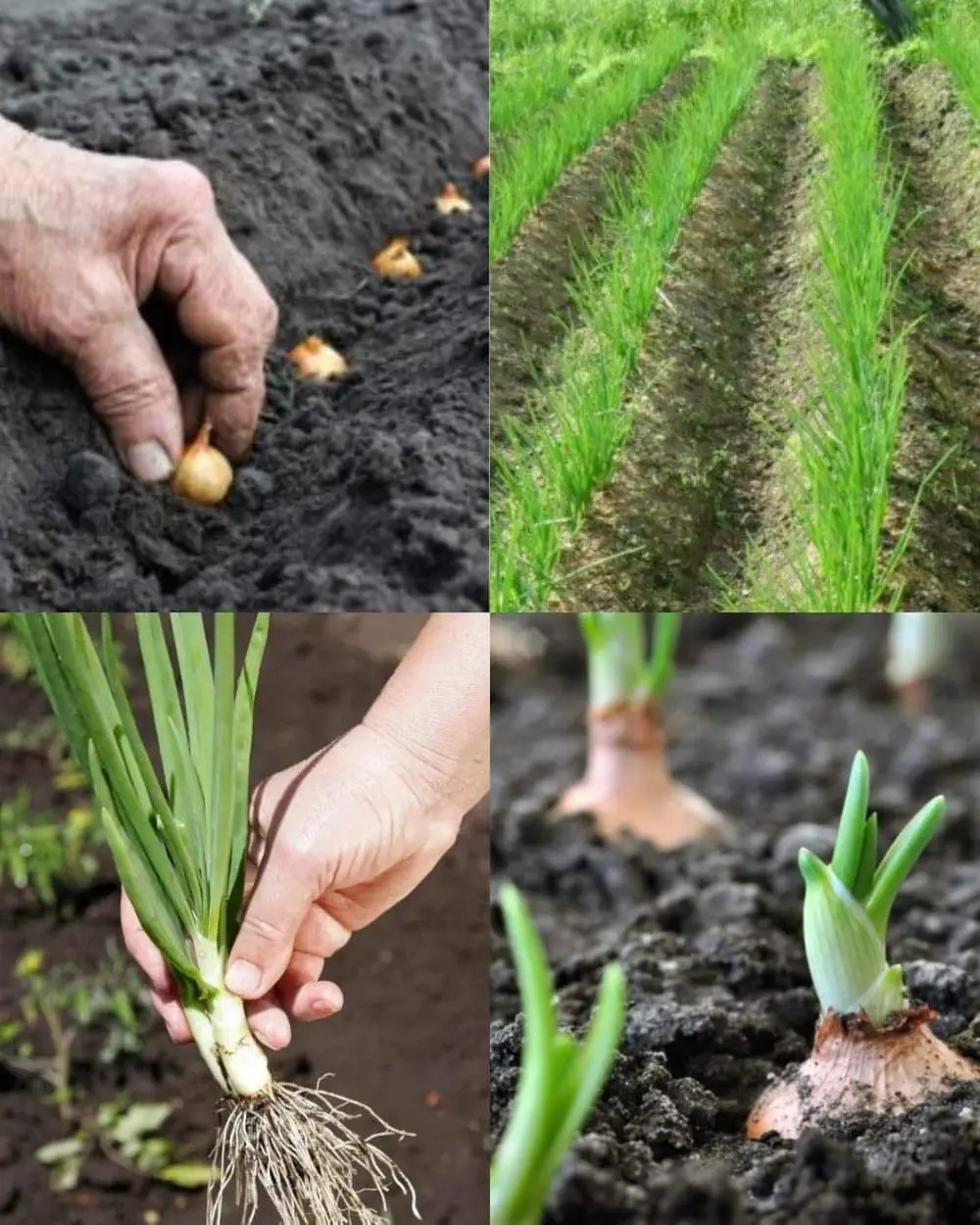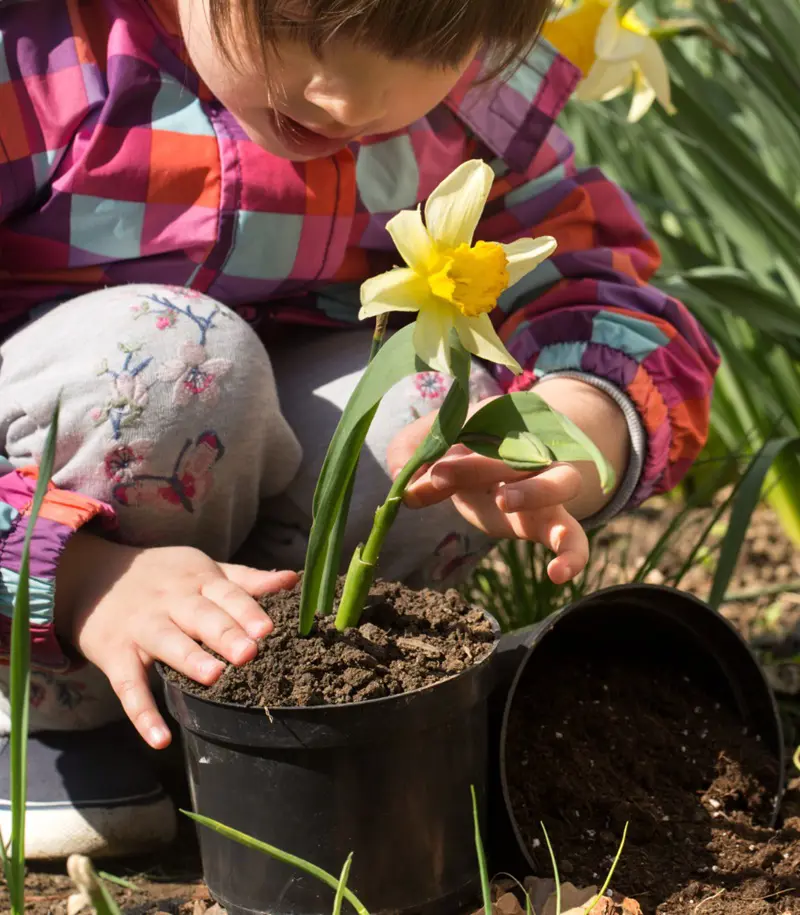When and Where to Plant Daises?
Daisies are a popular and versatile flowering plant known for their cheerful appearance and resilience. These beautiful flowers come in all sorts of cool varieties, but you need to understand where and when you need to place them.
Without proper knowledge on this matter, you will only be wasting your time. From the sun needs to soil preferences, make sure your daisies are set up for success. They are ready to brighten your day with blooms all season.
Light
Growing daisies require full sunlight with at least 6-8 hours of direct sun daily for optimal growth and flowering. Adequate sunlight ensures vibrant blooms and healthy foliage.
Although daisies can tolerate partial shade, insufficient light can lead to leggy growth and reduced flower production. In hot areas, a little afternoon shade can protect them from intense heat.
Soil
Daisies thrive in well-draining soil. Loamy soil is ideal, as it offers a good balance of moisture retention and drainage. Before planting, enrich the soil with organic matter like compost or well-rotted manure to improve fertility and structure.
You should avoid heavy clay soils that retain too much water, as this can lead to root rot. Regular soil testing can help maintain optimal conditions, ensuring vibrant blooms throughout the growing season.
Spacing
Proper spacing is great for the healthy growth of daisies. Planting them too close together can lead to overcrowding, reduced airflow, and even increased disease risk.
Daisies are generally spaced 12 to 18 inches apart, depending on the specific variety. This spacing allows each plant to receive adequate sunlight, nutrients, and water. By giving daisies enough room to grow, you ensure a healthier, more attractive display in your garden.
Planting Time
These plants are best suited to be planted in spring or early summer. You need to ensure the last frost has passed. This timing allows Daisy to establish roots and grow properly during the warmer months.
Planting in early autumn is also possible for those living in milder climates. Remember that Daisies need 6 to 8 weeks to develop strong roots. Avoid planting in winter as it could lead to stunted growth or no flowers at all.
